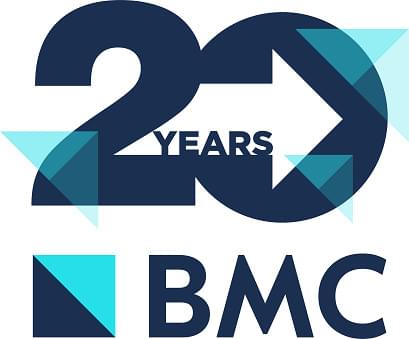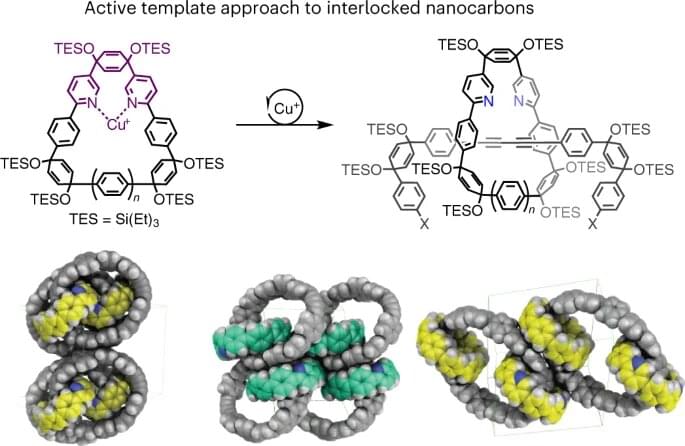Generative AI, like OpenAI’s ChatGPT, could completely revamp how digital content is developed, said Nina Schick, adviser, speaker, and A.I. thought leader told Yahoo Finance Live (video above).
“I think we might reach 90% of online content generated by AI by 2025, so this technology is exponential,” she said. “I believe that the majority of digital content is going to start to be produced by AI. You see ChatGPT… but there are a whole plethora of other platforms and applications that are coming up.”
The surge of interest in OpenAI’s DALL-E and ChatGPT has facilitated a wide-ranging public discussion about AI and its expanding role in our world, particularly generative AI.








